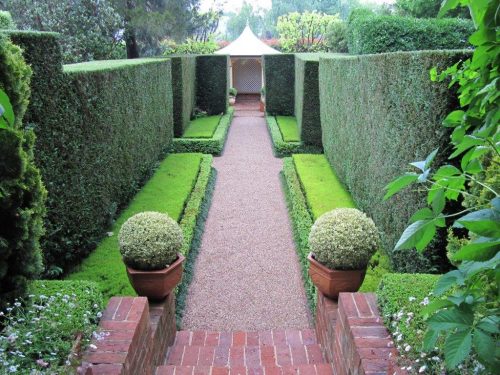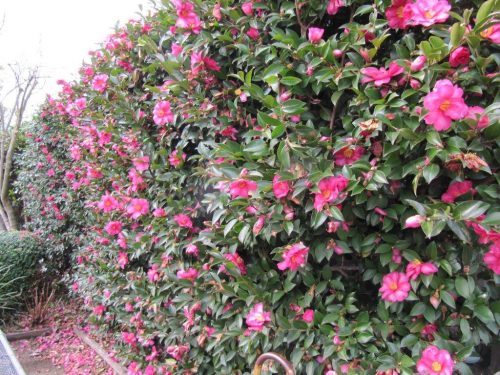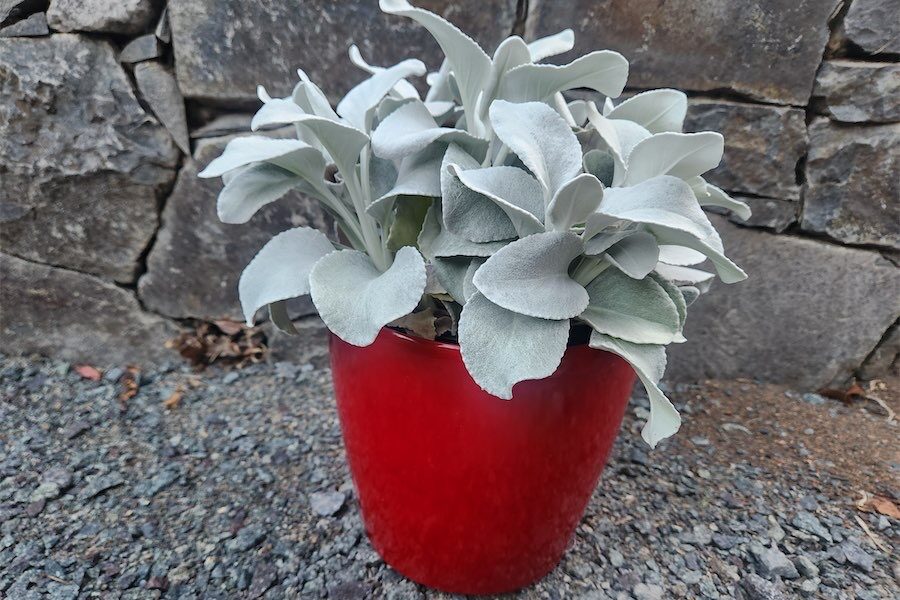
“It’s hard to believe that in Canberra’s early days, the parks and gardens department would trim the hedges and cut the grass on nature strips for residents,” says gardening columnist CEDRIC BRYANT.
HEDGES have been grown since time immemorial for a multitude of reasons.

One of the earliest uses was to keep stock in fields when the common land was changed to enclosures.
They can provide privacy between neighbours and hide ugly sheds and buildings, or work as a windbreak for homes in remote areas.
Some of the most magnificent tall hedges I’ve seen were in the fruit-growing areas of New Zealand.
In Canberra’s early days, hedges were encouraged, as can still be seen in Forrest and Red Hill. It is hard to believe that in those days, the parks and gardens department would trim the hedges and cut the grass on nature strips for residents.
The Romans were some of the first to use hedges for ornamental purposes. Buxus sempervirens, or the common English Box, actually originated on the Balearic Islands in the Mediterranean, and were introduced into Britain by the Romans. We generally think of this being grown as clipped, low hedges of about 30-40cm high, but there are examples around Canberra of English box growing to three metres plus.
At my home, I have a magnificent, curved Photinia robusta front hedge for privacy. However, this plant is one of my biggest regrets. It rapidly grows, with thick stems that make it almost impossible to keep clipped, and the smell of the white flowers is quite revolting. I have to use a professional landscape contractor to keep it under control.
I like hedges that have the dual purpose of beautiful flowers and attracting birds, like Viburnum tinus, with relatively small leaves and stems, along with fragrant white flowers. It can be kept to about a metre wide and a couple of metres high, or higher if preferred.

One hedge I used regularly when I was designing gardens was camellia sasanqua “Hiryu”, pictured above, along our back fence. This presents a stunning floral display from autumn to spring and is beloved by honeyeaters for its nectar.
For a native floral hedge, callistemon “Endeavour” works well and will stand regular clipping. It’s also a great bird attractor. Another hedge plant with brilliant flowers and fruit is Feijoa sellowiana or pineapple guava. The edible fruit follows on from the stunning, fire-engine red flowers and can be eaten fresh or used for making jam. This is a tough, drought-resistant Mediterranean plant, as is Arbutus unedo, or Irish strawberry tree. As the name suggests, it grows in Ireland as well as the Mediterranean, reputedly taken there when St Patrick went on his crusade to convert the Celts.
From the Middle East comes Laurus nobilis, or bay tree, used in many dishes. Originally used by the Greeks and Romans as a victor’s crown in athletic games, it’s regarded as a sign of excellence – also as in “poet laureate” or “baccalaureate”.
Who can be trusted?
In a world of spin and confusion, there’s never been a more important time to support independent journalism in Canberra.
If you trust our work online and want to enforce the power of independent voices, I invite you to make a small contribution.
Every dollar of support is invested back into our journalism to help keep citynews.com.au strong and free.
Thank you,
Ian Meikle, editor




Leave a Reply